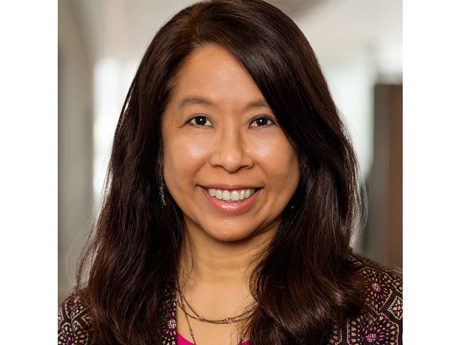By Jennifer Apy, Partner, Chief Marketing Officer, Chief Outsiders
The pandemic of 2020 hit hardest among the most vulnerable. It was a tragic season of devastation, fear and uncertainty among the elderly population, and it presented an unforeseen crisis for the senior living facilities that supported them.
Three years later, in 2023, that industry is just barely recovering from the 30 percent decline in population. To further the problem, rising inflation is leading seniors to age in their homes — pushing the average move-in age to 87 years.
Senior living facilities were sent scrambling, leaving many without any sort of cost-effective marketing strategy to lead them into the future. And while the clientele is regrowing, new large-scale entrants — such as continuing care retirement communities (CCRCs) and high-rise facilities capitalizing on the weakened hotel sector — have been flooding into the market. This means that capacity is outpacing demand in many areas.
The situation is especially urgent for independent living facilities, which are seeing less than half the rebound rate of assisted living facilities. Such imbalance is making it more crucial than ever to avoid wasteful, random acts of marketing and establish a well-designed engine that will drive qualified leads and fill empty beds amid the coming plateau.
Using insights to uncover value
When capacity begins to exceed demand, it is imperative that you understand what makes your facility stand out. The unique value that you can offer your clients is precisely what will make a potential resident choose yours above the competition.
Herein lies the power of insights; they tell you what to market. Gaining these insights is as simple as developing a relationship with the individuals that come into contact with your services, and hearing it from them.
Start by identifying residents and staff who represent different groups within your community, so that their perspectives can offer a broad understanding. Then reach out to prospects who chose other facilities, as well as referral sources like lawyers, care managers and doctors. Develop an interview guide for these sources with relevant questions that will uncover what makes your facility special.
After you have gained general insights via interviews, home in on qualitative data through surveys. You could also bypass the data collection and employ a third-party researcher, whose findings are likely to return more objective information.
Strategies for local digital marketing
Now that you know what to market, it is time to take it to the internet. Most residents come from within the facility’s area and prefer to begin their search for information online, making local digital marketing vital to the success of any senior living facility.
Here is how to place your online presence at the top of local searches:
- First, include in your website key geographical terms that are relevant specifically to your area.
- Next, create and maintain an accurate, up-to-date Google Business profile. You should also list your facility in alternative directories, such as Yelp and Yellow Pages, and ensure that your information is consistent across sites.
- Finally, monitor and respond to reviews that are left on these platforms in order to build trust.
Following these steps will provide your facility with the largest possible audience, so that you can communicate your unique value to potential residents and establish promising leads.
Converting prospects into residents
Once leads have been generated, converting them from prospects into residents is critical. This stage requires a well-defined approach to address questions and concerns at every stage of the decision-making process.
Prior to a scheduled visit you must consistently provide them with relevant, compelling content, while offering transparent responses and follow-ups to their inquiries. The nurturing process should not end after the visit has taken place; it is at this point that you should focus your efforts on monitoring your prospects and progressing them through the decision-making process.
Categorizing prospects into segments based on their needs, utilizing customer relationship management (CRM) systems, and providing a variety of channels for prospects to engage with your team can ensure that none are neglected, and that every lead has the best possible chance to become a resident of your facility.
The past several years have brought much change to the senior living industry, and many facilities are facing the impending plateau with empty beds and no strategy to fill them. As capacity continues to outgrow demand, the race to secure new residents will only become more competitive.
Unfocused marketing attempts will merely serve to squander precious resources at a time when efficiency is vital. It is imperative, therefore, that senior living facilities adopt marketing strategies today that will harness their unique values and ensure dependable growth for the years to come.
Jennifer Apy, partner and CMO at Chief Outsiders, works with technology, SaaS, and ed-tech companies to fuel revenue and market share growth by harnessing customer insights and leveraging technology to drive innovation.

